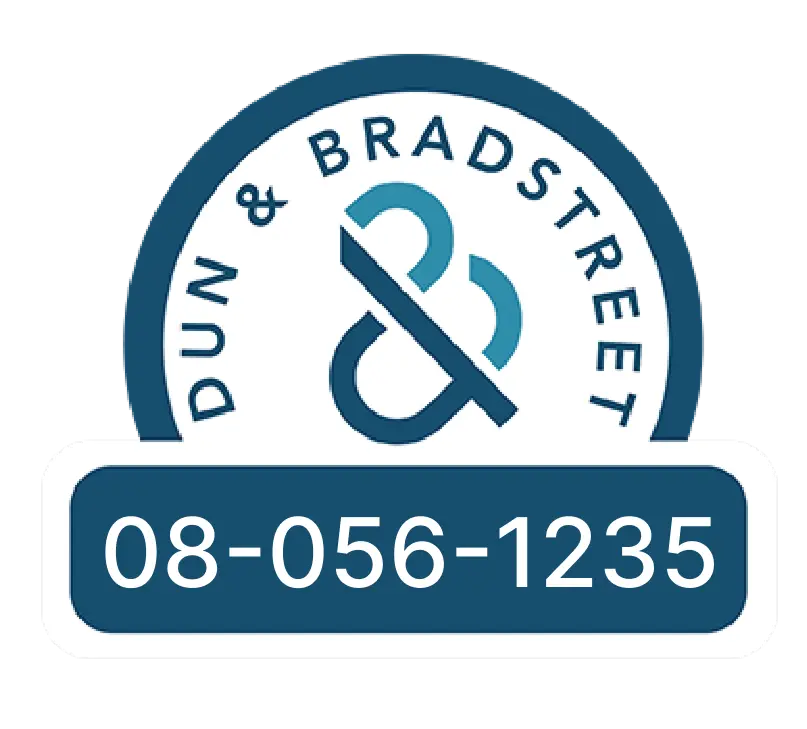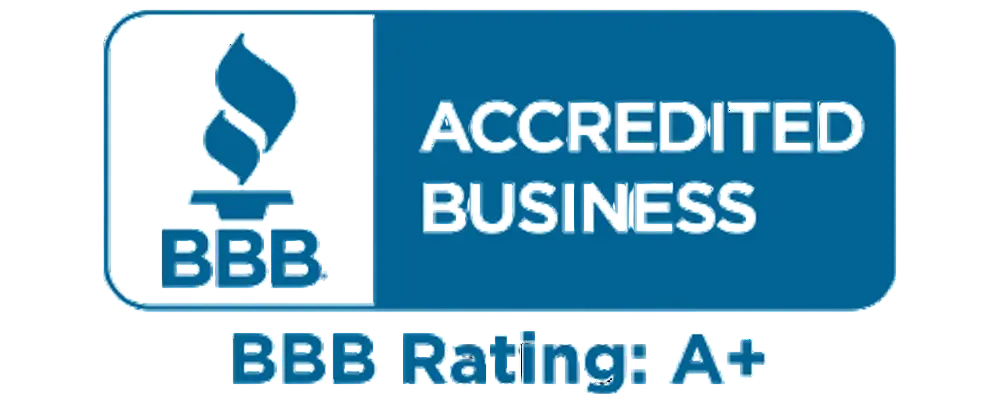Download free PDF
Unit Load Device Market Size - By Product Type, Material, Container Type, Application Analysis, Share, Growth Forecast, 2025 - 2034
Report ID: GMI13038
|
Published Date: January 2025
|
Report Format: PDF
Download Free PDF
Authors: Suraj Gujar , Deeksha Vishwakarma



Premium Report Details
Base Year: 2024
Companies covered: 11
Tables & Figures: 278
Countries covered: 18
Pages: 180
Download Free PDF

Unit Load Device Market
Get a free sample of this report
Get a free sample of this report Unit Load Device Market
Is your requirement urgent? Please give us your business email
for a speedy delivery!





Unit Load Device Market Size
The global unit load device market was valued at USD 2.3 billion in 2024 and is estimated to grow at a CAGR of 5.3% from 2025 to 2034.
The air cargo industry's emphasis on operational efficiency and cost reduction is driving airlines to adopt innovative Unit Load Devices (ULDs). Airlines now choose lightweight and collapsible ULDs because they help reduce fuel consumption, take up less storage space when not in use which in turn lowers the airline logistics costs. The expansion of e-commerce and global trade has created a need for flexible cargo solutions, leading airlines to invest in ULD technologies that enhance space usage and simplify handling processes. For instance, in April 2023, Rotterdam-based VRR introduced two collapsible unit load devices (ULDs) - the AAX and AAY models. These ULDs received operational approval from the EU Safety Agency.
The ULD market is integrating IoT and real-time tracking systems to improve operational efficiency, cargo visibility, and security. Airlines and logistics providers implement IoT platforms to monitor ULD conditions, location, and usage patterns, enhancing supply chain transparency. The industry is adopting lightweight composite materials to reduce fuel consumption and carbon emissions. Automation and AI technologies optimize ULD fleet utilization and streamline management processes. Data analytics applications enable improved decision-making, predictive maintenance, and enhanced customer service across the market. For instance, in January 2024, Air France KLM Martinair Cargo (AFKLMP) partnered with SkyCell for Unit Load Device (ULD) tracking. SkyCell will implement its IoT-based visibility platform, SkyMind, across AFKLMP's ULD fleet.
Unit Load Device Market Trends
ULD management is increasingly characterized by strategic collaborations and partnerships between airlines, logistics providers, and ULD service companies. These alliances are driving innovation and efficiency by enabling the integration of advanced technologies, such as IoT-based tracking systems and real-time visibility platforms, to enhance cargo handling and fleet management. Partnerships also allow for shared resources, including repair services and operational oversight, which help streamline operations and reduce costs. This trend reflects a broader shift in the ULD market towards more integrated, technology-driven solutions that offer greater flexibility, scalability, and operational efficiency to meet the evolving demands of the air cargo industry. For instance, in October 2024, TAAG Angola Airlines formed a multi-year partnership with Unilode Aviation Solutions to manage its ULD operations. The agreement ensures daily ULD availability across TAAG's network, along with repair services and digital tracking capabilities.
Unit Load Device Market Analysis
The Unit Load Device (ULD) market faces several challenges, primarily due to the high costs of advanced materials and IoT-enabled tracking systems, along with ongoing maintenance expenses. While market fragmentation and different regional regulations make global standardization difficult, the growing air cargo and e-commerce sectors create new opportunities for efficient logistics solutions. The market is evolving through the adoption of IoT and AI technologies that improve tracking, maintenance, and fleet management capabilities. Safety regulations from IATA and EASA, together with environmental requirements, continue to drive the development of sustainable ULDs and encourage innovation in the market.
Based on material, the unit load device market is segmented into metal, composite, and others. The metal segment held a market share of over 69.5% in 2024 and is expected to grow at a lucrative pace.
Based on application, the unit load device market is segmented into commercial and cargo. The commercial segment is expected to grow at a CAGR of over 5.5% by 2034.
North America dominated the unit load device market and is expected to reach a value of over USD 1.4 billion by 2034. The U.S. ULD market is evolving through advances in technology, sustainability efforts, and better operations. Airlines and logistics providers now use Internet of Things tracking systems to monitor their ULD fleets in real-time, helping them manage their assets more effectively.
The German unit load device (ULD) market is shifting toward innovation, sustainability, and efficiency. This transformation stems from technological advances and changing industry needs. Companies are increasingly using lightweight, durable materials like composites to reduce fuel consumption and lower operational costs. For instance, in March 2024, German ULD manufacturer Dokasch launched a specialized container for return-catering services. This container helps airlines transport food for return flights during their outbound journeys. Airlines often need this service when they face challenges with food quality at certain airports, operate seasonal flights, or run charter services without catering partners at destinations.
The unit load device market in China is growing due to expansion in the air cargo industry and increasing demand for efficient logistics solutions. The market is moving toward smart ULDs with Internet of Things (IoT) technology integration, which enables real-time tracking and improves cargo handling efficiency.
In July 2024, Air New Zealand joined forces with Unilode Aviation Solutions to streamline its unit load device (ULD) management. The partnership allows Air New Zealand to access Unilode's digital containers and pallets, along with an e-ULD app and customer dashboard that improve data analytics and operational efficiency. As part of the agreement, Unilode will manage ULDs across Air New Zealand's global network, providing repair and digital services, while also handling maintenance, repair, and overhaul services in major cities including Auckland, Christchurch, Sydney, Melbourne, Perth, and Brisbane.
The South Korean ULD market emphasizes operational efficiency through technology integration. Companies are increasingly using digital solutions like IoT-based tracking systems to improve cargo visibility and fleet management.
Unit Load Device Market Share
The unit load device (ULD) market features strong competition among major companies like Jettainer, ACL Airshop, Brambles, and Envirotainer. These companies compete by developing new products, expanding their services, and integrating advanced technologies. The use of IoT-enabled ULDs and sustainable materials helps companies stand out in the market. Companies also work closely with airlines and cargo operators to offer complete ULD management solutions that include repair, maintenance, and real-time tracking. The competition in the market continues to grow as companies expand into new regions and develop specialized solutions for temperature-sensitive cargo transportation.
Unit Load Device Market Companies
Major players operating in the unit load device industry are:
Unit Load Device Industry News
This unit load device market research report includes in-depth coverage of the industry with estimates & forecast in terms of revenue (USD million) & volume (units) from 2021 to 2034, for the following segments:
Click here to Buy Section of this Report
Market, By Product Type
Market, By Material
Market, By Container Type
Market, By Application
The above information is provided for the following regions and countries: